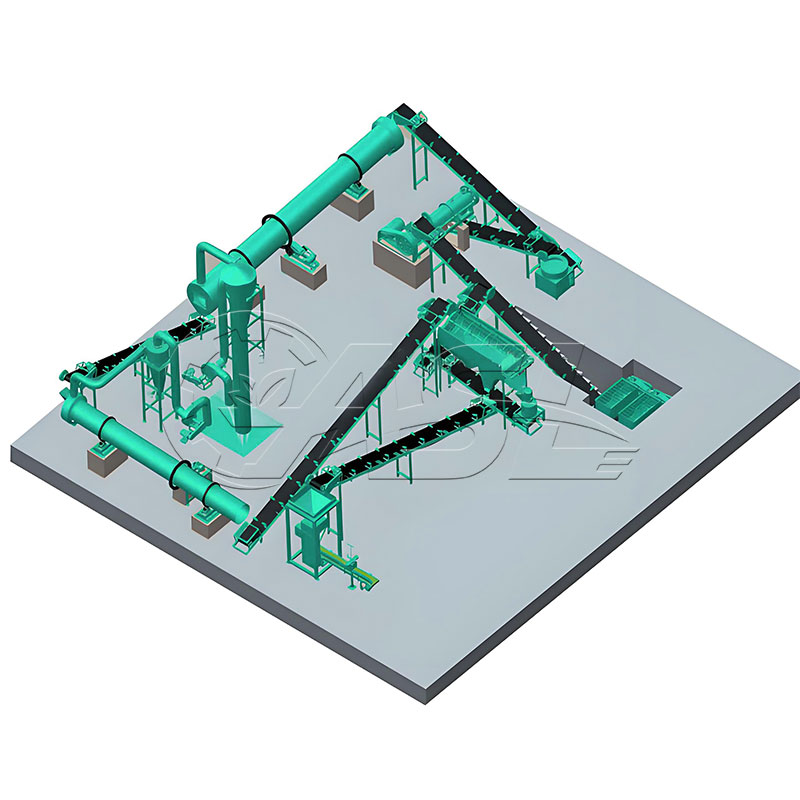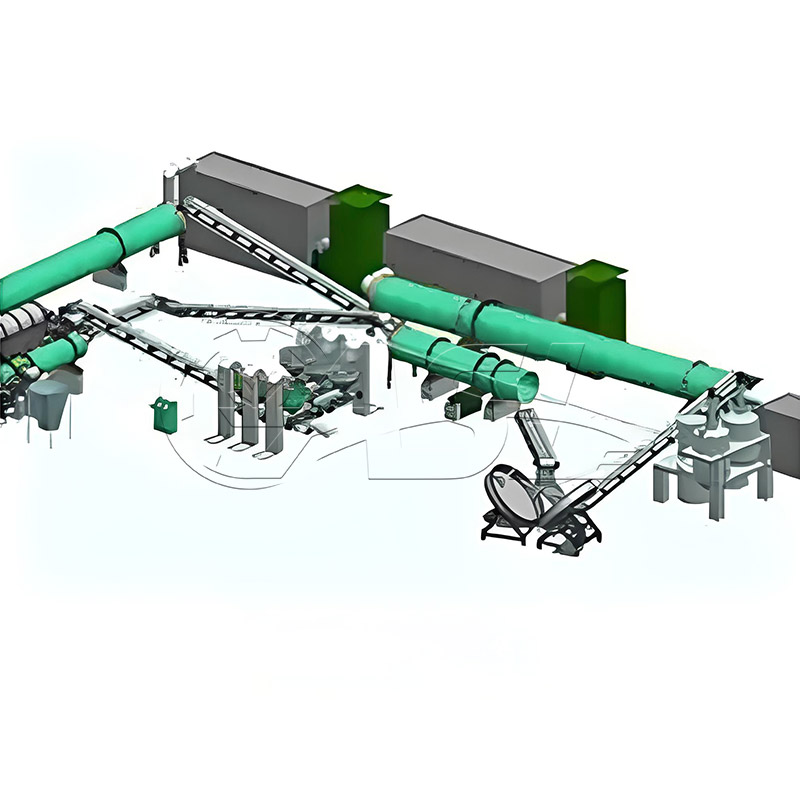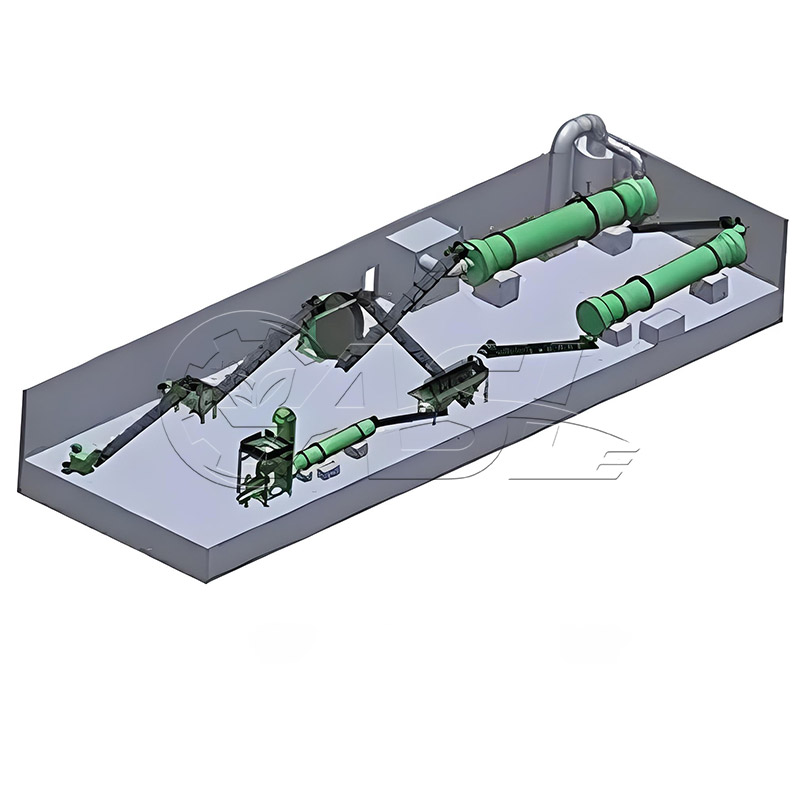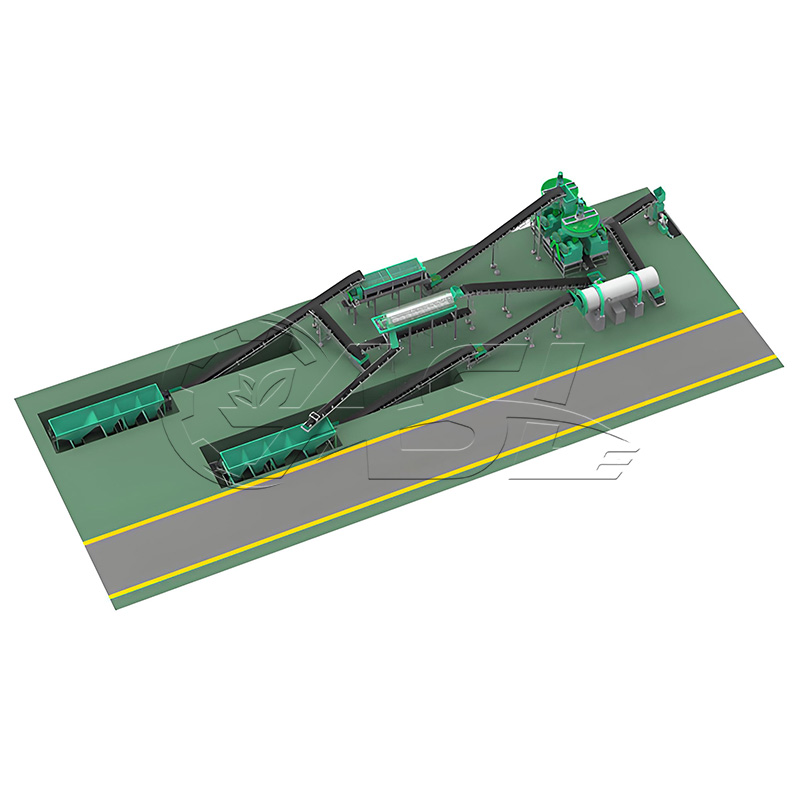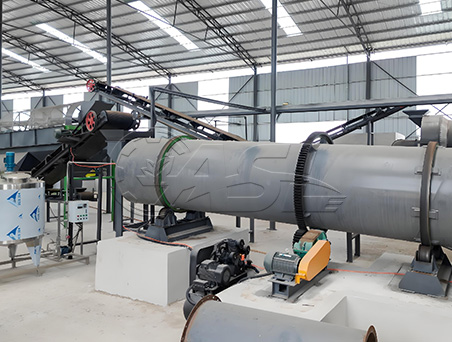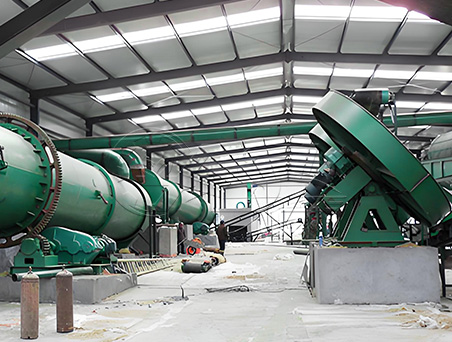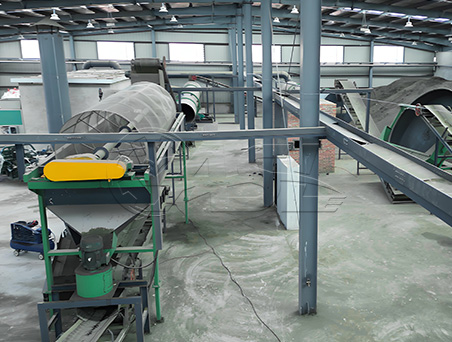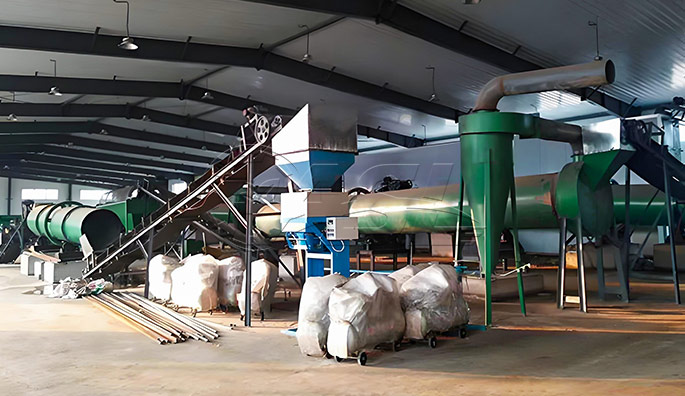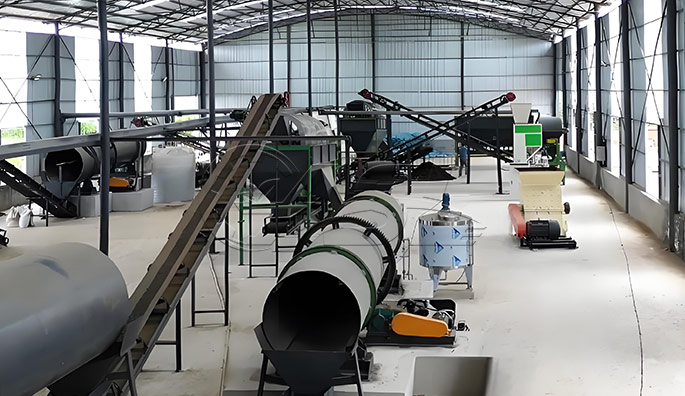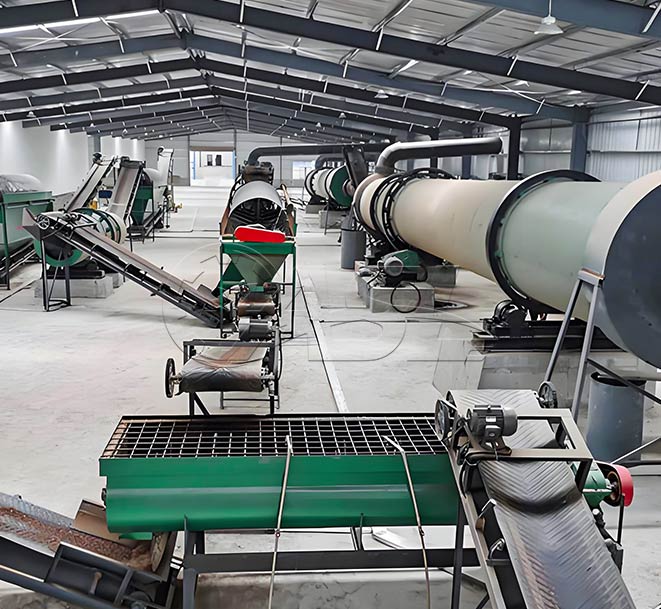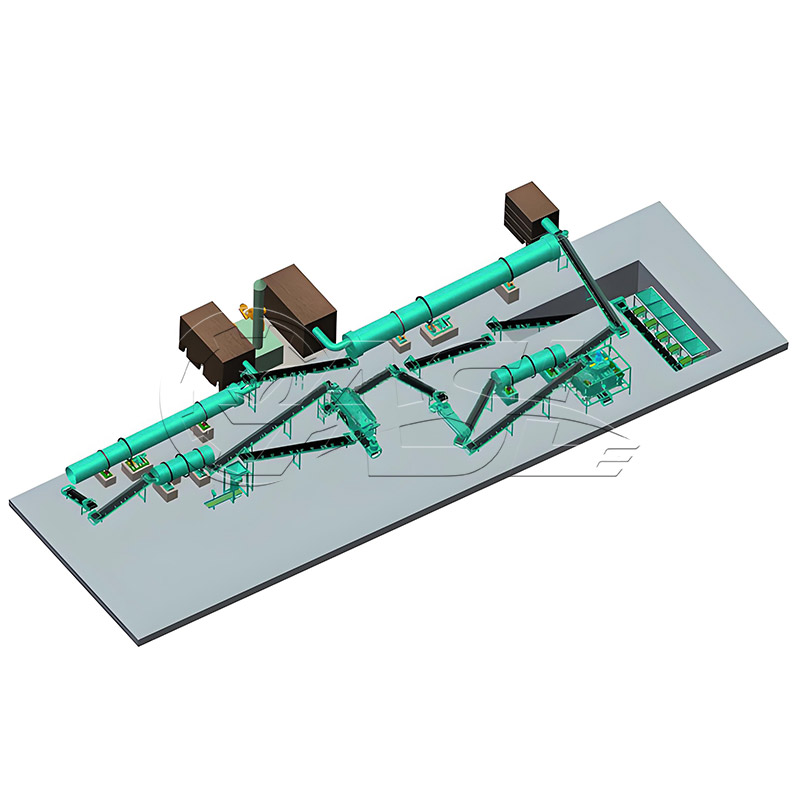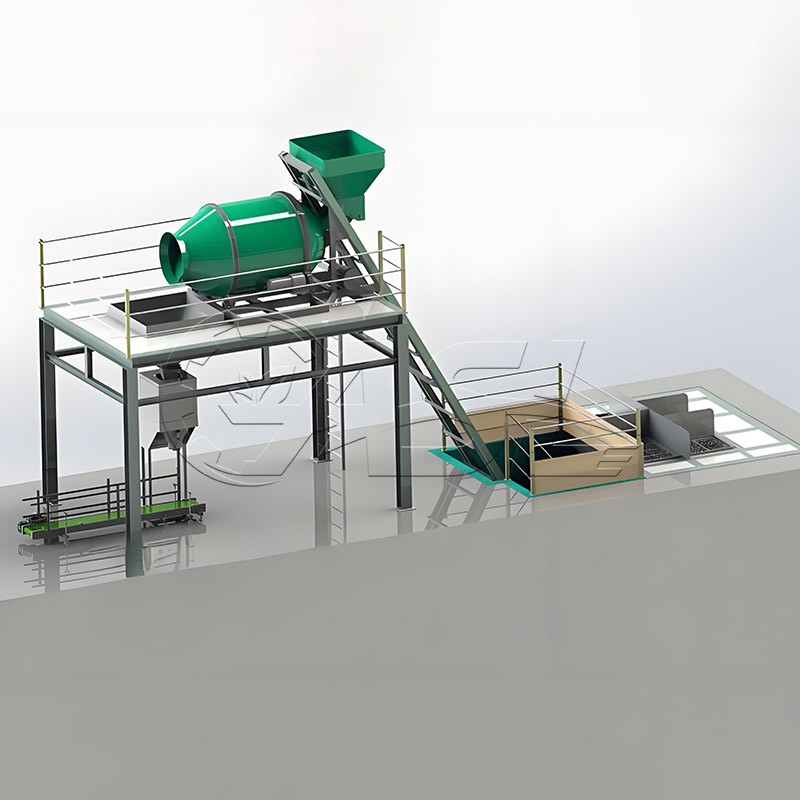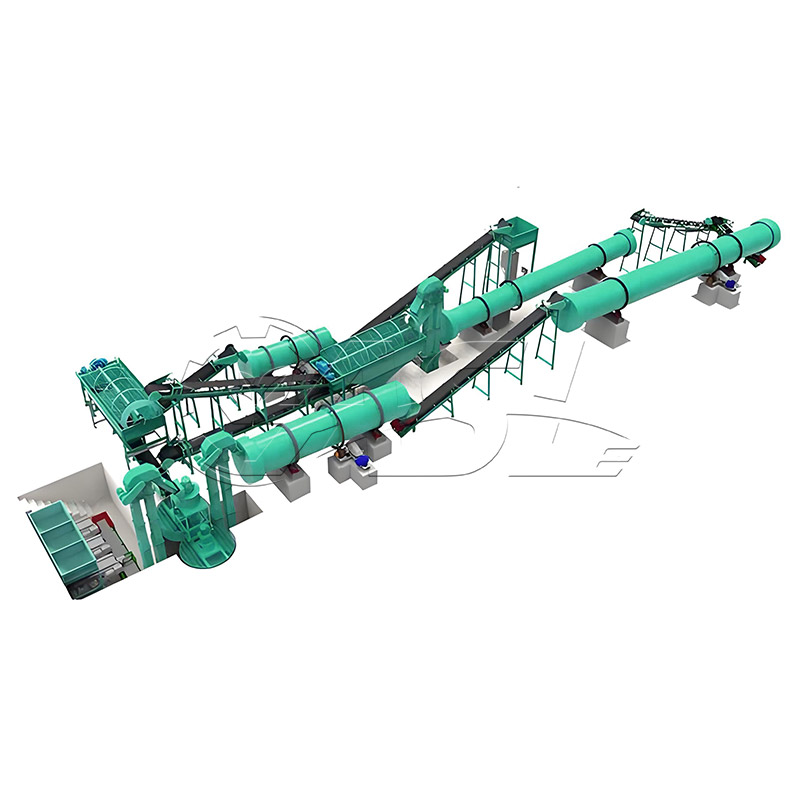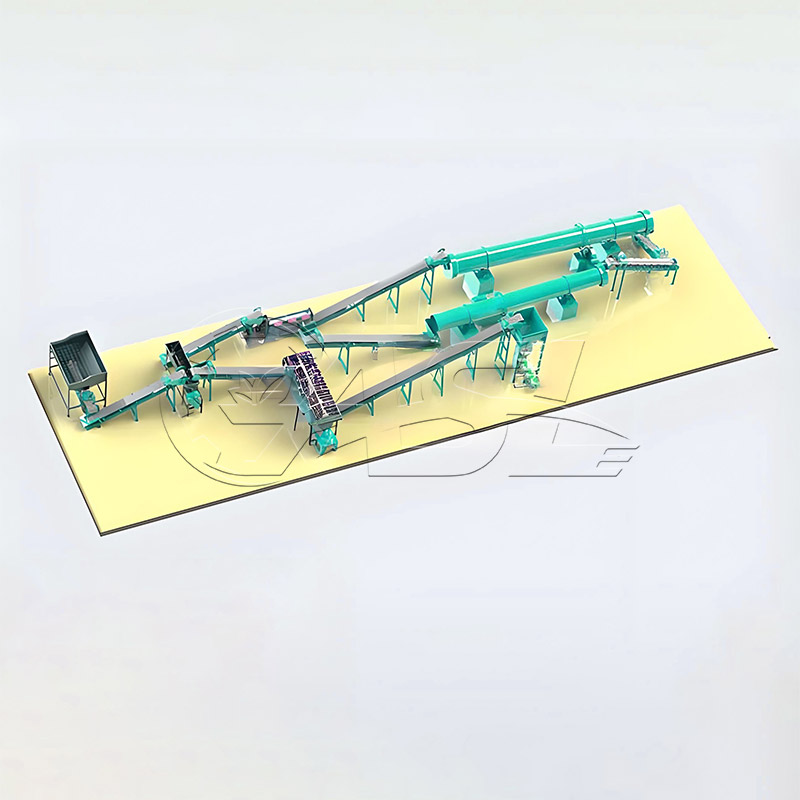1. What is the core difference between a cow manure organic fertilizer production line and a pig manure production line? Does custom equipment need to be customized?
The core difference is that cow manure has a high fiber content and a low water content. Therefore, a complete custom equipment set is not necessary, but some adjustments may be required: pretreatment requires the addition of a "secondary crushing" device to break down the coarse fibers to less than 10mm; a high-torque model should be selected for the fermentation turning machine; the existing granulator can be used, but the die aperture needs to be slightly adjusted. The overall equipment modification cost is approximately 10%-15% of the original production line.
2. How long does it take for cow manure to ferment and mature? Compared to pig manure, which is faster?
Answer: Due to its high fiber content, cow manure has a slightly longer fermentation cycle than pig manure: natural composting takes 25-35 days, which can be shortened to 12-18 days using a high-temperature aerobic fermentation tank. Pig manure, on the other hand, ferments naturally for about 15-30 days, while tank fermentation takes 7-10 days. To speed up cow dung fermentation, you can crush the fibers finer during pretreatment and increase the frequency of turning, which can shorten the cycle by 3-5 days.
3. Is it easy for fibers to clog equipment during cow dung processing? How can this be avoided?
Answer: If pretreatment is inadequate, coarse fibers can easily clog equipment like grinders and granulators. This can be avoided by three methods: First, use a two-stage crushing process (coarse and fine crushing) during pretreatment; second, install a "grid screen" at the grinder feed port; and third, use a vibrating screen for secondary screening before granulation to remove unbroken coarse fibers. Regularly cleaning the equipment feed port can reduce the probability of clogging to less than 5%.
4. Is it common for cow dung to be "partially under-composted" during fermentation? How can I ensure uniform composting?
Answer: Because cow manure has densely interwoven fibers, it's easy for the outer layer to become mature while the inner layer remains uncomposted. This requires three optimizations: First, control the height of the composting pile to 1.2-1.5 meters to increase air permeability. Second, when using a trough-type turning machine, ensure that the turning reaches the bottom of the pile to prevent accumulation. Third, sample the manure on the 7th and 14th days of fermentation. If the temperature in any area falls below 50°C, turn the manure individually to replenish the bacteria and ensure a uniform composting rate of at least 95%.
5. Besides cow manure, can the production line process other high-fiber livestock and poultry manure? How should this be adjusted?
Answer: It can process high-fiber manure, such as sheep and horse manure. When processing sheep manure, because the fibers are finer, a single crushing step can be reduced to less than 8mm, shortening the fermentation cycle to 10-15 days. When processing horse manure, because the fibers are harder, the crusher needs to be replaced with a "wolf tooth crusher." The amount of inoculant added during fermentation can be increased, while other equipment and processes do not require significant adjustments, achieving "one machine for multiple processes."
